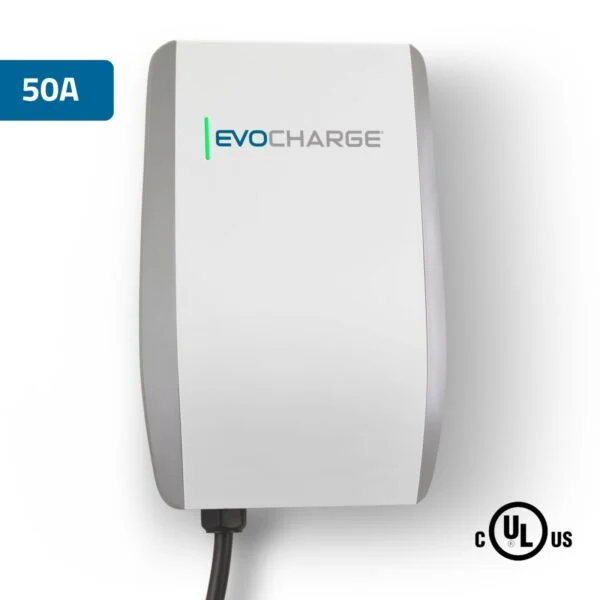When it comes to EV travel, it has gotten easier and more convenient for drivers to journey longer distances in recent years. Not that long ago, most EVs could not drive very far on a single charge, and most home charging solutions were slow, making drivers reliant on finding public charging solutions while on the go. This would cause what’s commonly known as “range anxiety,” which is the fear of your EV not being able to get to your destination or a charging point before its charge runs out.
Thankfully, range anxiety is now less of a concern, given recent innovations in charging and battery technology. Plus, by following some basic driving best practices, EVs are now able to travel much farther distances than they could in the past.
How Many Miles Can You Travel in an Electric Car?
Mileage varies for EVs, based on vehicle type, manufacturer, the age of the EV, the size of its battery, and driving conditions. Most current EVs can travel 200-300 miles before needing to be recharged, which is a huge improvement over just a half decade ago when many vehicles were going roughly half that distance. According to the U.S. Department of Energy, the number of EVs in the United States that can go 300 miles on a single charge tripled from 2016 to 2022. Some current Teslas can even reach approximately 350 miles before running out of power.
Plug-in hybrid vehicles (PHEVs) typically run 10-50 miles on a charge before needing to switch from electric to the internal combustion engine.
With these advances in range economy, it’s now possible to commute farther and perhaps even take some simple road trips without the anxiety of constantly looking for public charging stations.
Optimizing your EV Travel Mileage
When it comes to EV travel, it’s good to keep in mind lithium ion batteries, which is what EV car batteries are composed of, don’t perform as well when it’s too hot or too cold. Other factors that can impact your charge include driving speed, traffic, and your driving elevation.
While you cannot control weather, traffic conditions, or other parts of your EV travel experience, you can get more range out of your EV by following these simple tips:
- Air conditioning and running your heater will drain the battery quicker. Try not to use either more than needed.
- Check regularly to make sure your tires are properly inflated. Using under-inflated tires is a drain on energy and will make your tires wear faster. Inflate your tires to the PSI (pounds per square inch) pressure rating your auto manufacturer recommends.
- Try not to exceed 60 miles per hour driving, when practical. Going faster than this speed is a drain on EV batteries.
- Embrace regenerative braking. This will help your brakes last longer, plus you send a little extra energy back to your car battery while decelerating. Using this simple trick regularly can dramatically increase your EV’s energy efficiency over time.
Make EV Travel More Convenient with EvoCharge
Another way to get the most mileage out of your EV is to have fast, convenient home charging you can rely on. Most new EV purchases come with a Level 1 charging cable you can use at home, but they are not as fast — especially if you need to routinely be on the road. But with a Level 2 charger, you can add up to 30 miles for each hour of charging.
With a Level 2 charger from EvoCharge, enjoy convenient home charging, as most EVs take 3 to 8 hours to get from empty to a full charge. This means you can plug in when you get home at night, and enjoy knowing you will have a full charge when you hit the road the next day. The Home 50 is an easy-to-use, plug-and-charge system that you can easily control from anywhere with the EvoCharge app.

